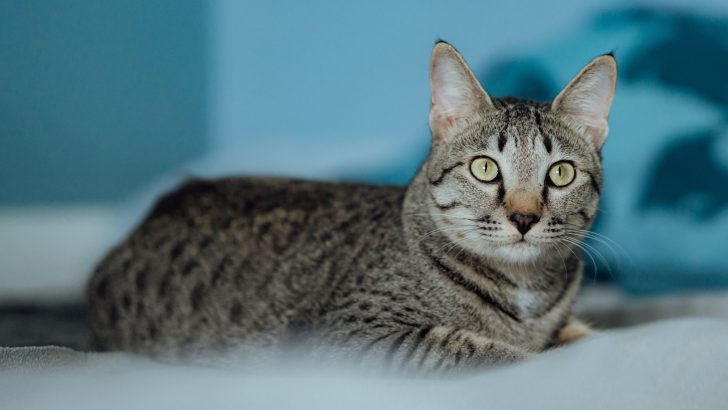We know that some breeds are few and far between. We know that some breeds are “under construction” and haven’t even been recognized and accepted by cat associations. However, we can’t help but giggle when we discover another we haven’t heard about before. Have you heard of the American Keuda?!
Now, American Keuda cats are a sight for sore eyes. When you catch a glimpse of one of these bad boys roaming around your living room, you’re may think you’re under attack by a Liliputian leopard that happens to be the cutest thing you’ve ever seen. We can’t stress that enough – Keuda cats are a knockout!
Whether you’re searching for another leopard-looking fluffer or a breed that’s as rare as Selena Gomez’s Rare Beauty, you came to the right place. What makes a breed rare, you might be wondering? American Keudas are rare because we don’t know much about them and they haven’t been around for that long.
But, a breed can be rare for a bunch of reasons. Sometimes, breeds start with only a couple of kittens that aren’t enough for the breed to grow bigger.
Other times, there aren’t enough breeders dedicated to helping the breed become established. And, we can’t forget that some breeds are young and haven’t had enough time to become accepted by CFA and other prominent associations.
Whatever the case might be, American Keuda cats are bound to make your life better. Trust me, they might look a little wild, but they’re the tamest, even-tempered mousers ever. With that thought, we’ve done some digging to teach you everything you need to know about them before you commit.
1. Appearance
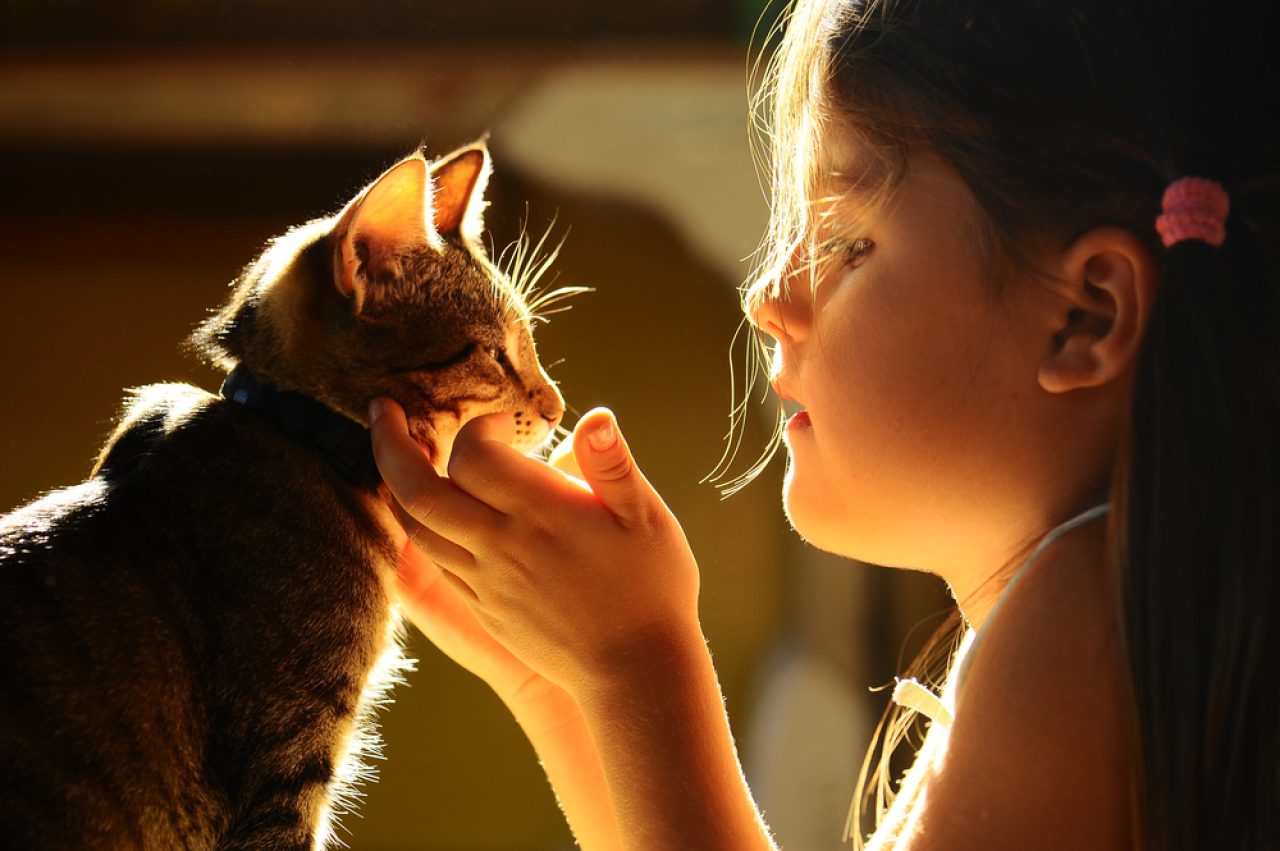
When you cross paths with an American Keuda cat, you might think you’re petting an Egyptian Mau. Turns out these two breeds are super similar when we’re talking about appearance. So much so that they’re often mistaken for one another. That might even be one of the reasons why Keudas haven’t been officially accepted.
American Keuda cats have long, limber bodies with perked-up ears on top of a wedge-shaped head. They aren’t particularly fluffy, but they tend to have those fluffy ear tufts (reminiscent of Maine Coon cats).
They can assume a bunch of different coat color combinations and patterns depending on the breeding process. But, the most common are black, brown, and tabby. One of the most prominent features that set them apart from other cats seems to be excess skin at the elbows and bellies.
And, to make things even better, these flaps help them stretch themselves further and move faster. Now we understand how they were able to keep those barn pests at bay.
American Keuda cats have a balanced bone structure which doesn’t set them apart from regular tabbies. Both male and female Keudas possess a teacup muzzle and almond-shaped eyes which can assume different colors. Last but not least, males and females don’t share any differences.
2. Purrsonality
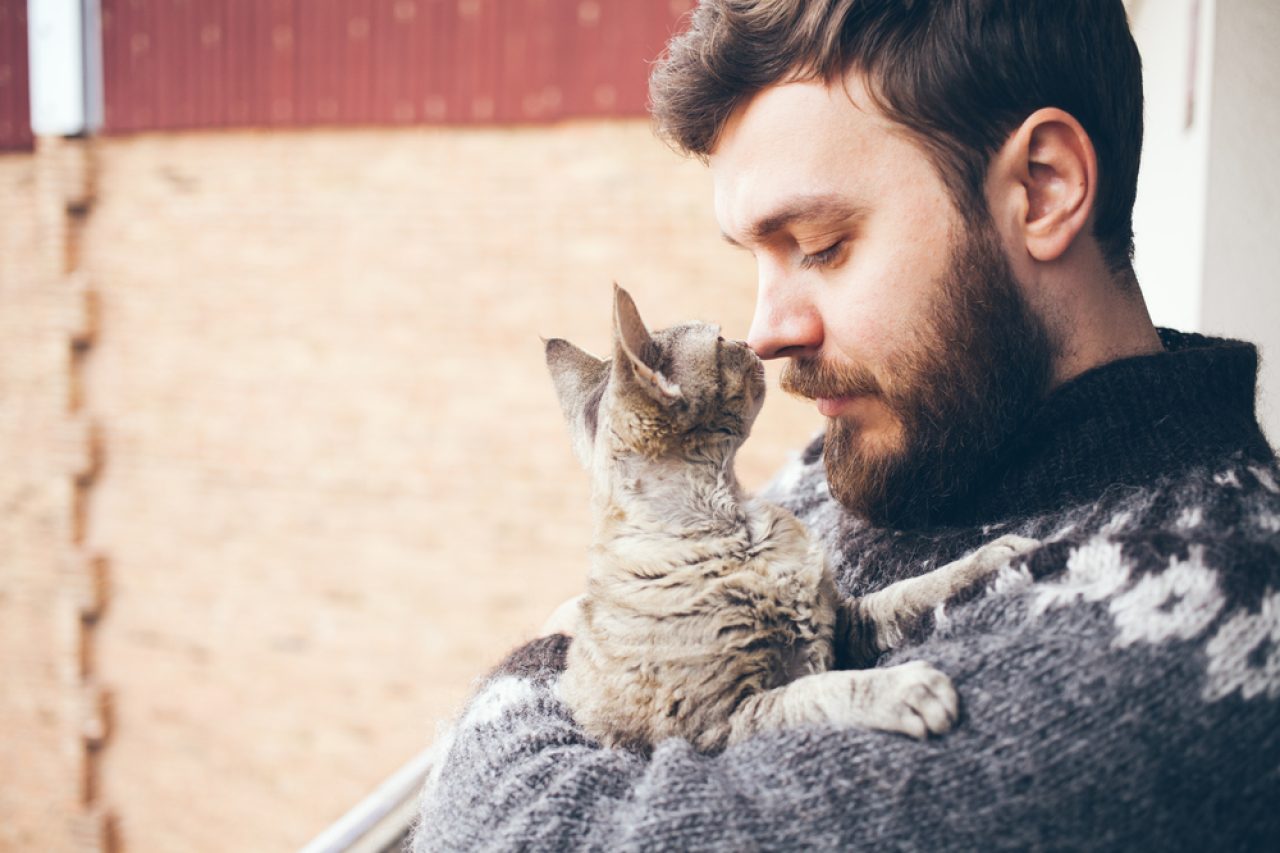
First and foremost, American Keuda cats have a reputation for being standoffish and detached (as most cats do). While they can take care of themselves because they’re street-smart and creative, that’s not to say that they don’t adore humans.
We can attest to the fact that Keudas are affectionate, appreciative, and warm-hearted. And, to make matters better for you, Keuda’s biggest strength seems to be her adaptability.
They love hanging out with humans, attending get-togethers, and meeting other cats (and dogs). They don’t mind playing with children as long as they feel like they can leave whenever they want to. And, they’re happy to come with you wherever you go – the park, the grocery store, or the pet store.
However, they’re not as low-maintenance as we’re making them sound. To tell the truth, American Keuda cats are curious creatures. You won’t find them lounging around or napping at the foot of your bed. You’re more likely to find them running around, chasing after butterflies, and attacking rabbits.
Trust me, Keudas prefer playing with toys, exploring the environment, and hanging out with the people around them. They’re not aggressive, but they don’t appreciate being pushed around by little children, sniffed by dogs, or petted by unknown people. They’re better off deciding what they do and don’t want to do.
3. Living needs
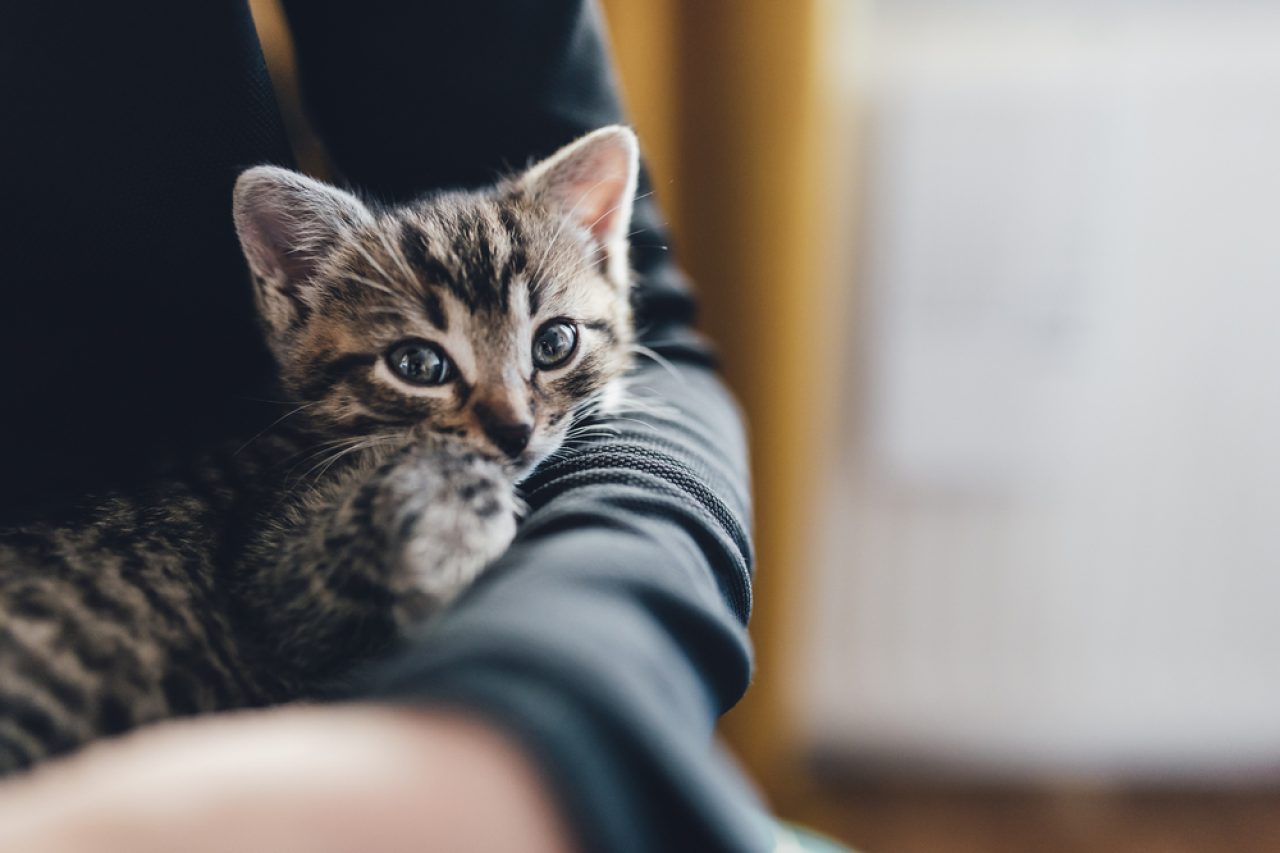
American Keudas aren’t that difficult to take care of, depending on your expectations. Starting with the diet, Keudas are carnivores (same as other cats).
They need a bunch of meat, animal protein, and animal-sourced nutrients to be happy and healthy. They’re perfectly content with commercially available cat foods and cat treats.
On the other hand, Keudas need a lot of physical activity. They’re the happiest when they spend at least half an hour a day running around, walking to the park and back, and playing outside. They need climbing trees and scratching posts galore to ensure they don’t wreak havoc on your furniture.
Worry not, we’re not saying you won’t be able to have a cup of coffee without your Keuda hopping on your lap.
But, you should spend a significant amount of time and energy teaching her what she can and can’t do. Of course, Keudas are incredibly intelligent which means you won’t have a hard time teaching them pretty much anything.
With plenty of exercises, mental stimulation, and positive reinforcement, your Keuda will quickly learn that the kitchen counter is off-limits, or that she needs to stop pooping in plant pots.
4. Grooming and care

American Keudas know what they need to do and when they need to do that. They’re great at grooming themselves which means you won’t need to do much – at least not all the time. They require regular brushing during the shedding season and random brushing on other occasions.
More often than not, you’re fine with brushing them only when you notice they’re getting matted and rugged. Make sure you use an appropriate brush that’s comfortable enough because they have short coats. Scratches and tears can occur when you’re not paying attention (something to keep an eye on).
On the other contrary, Keudas have large ears that need cleaning. Clean them with a warm, damp cloth every couple of weeks or when you notice they’re getting dirty. Check them for fleas, mites, and other pesky parasites. And, don’t shy away from scheduling veterinarian checkups.
And, we know you’re wondering about bathing. As for that part of the grooming process, American Keudas are more than comfortable with water. Now, that’s great news because they get dirty easily considering the fact they spend most of the day running outside.
Bathe them as often as you need to, depending on how grubby and musty those coats get. And, don’t forget to clean the flaps!
5. Price
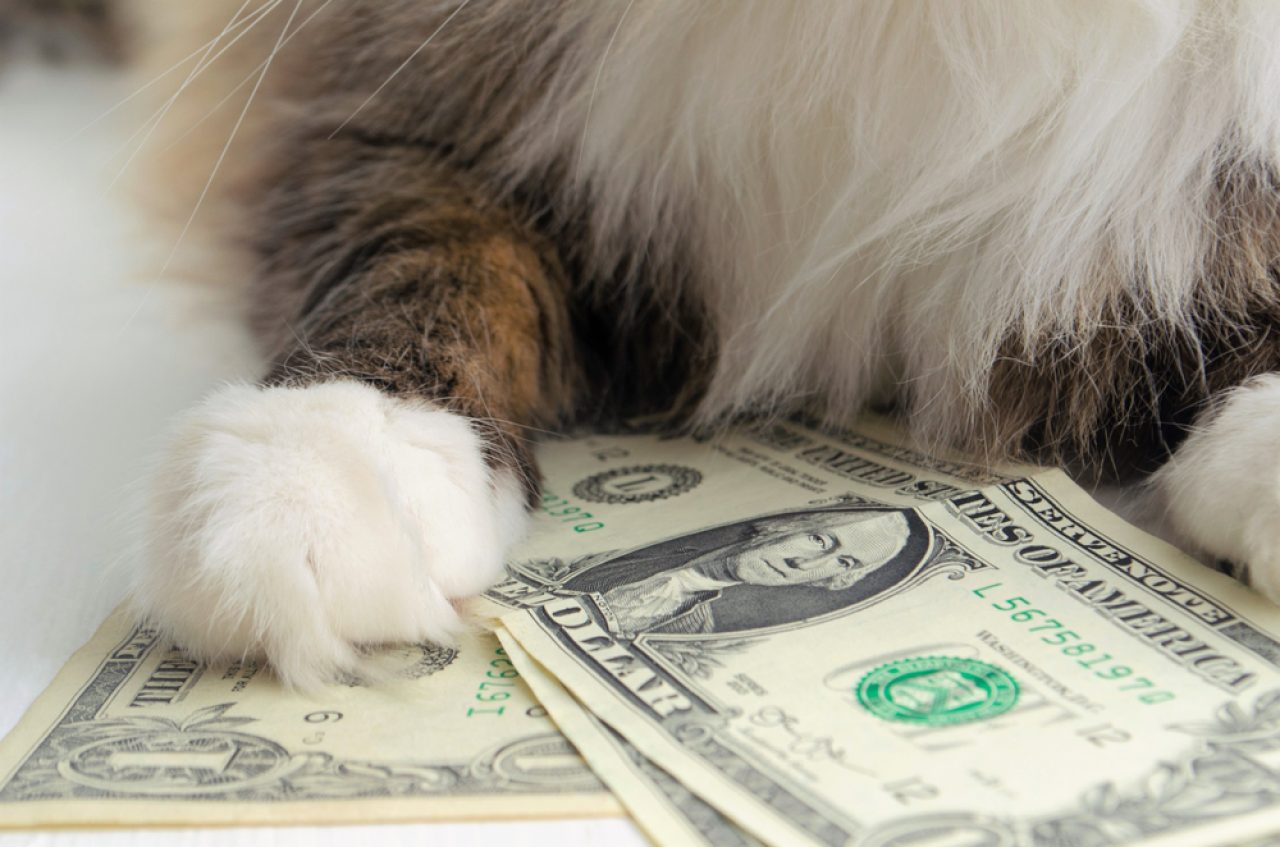
American Keuda cats are pretty new to the game which means you might stumble upon different prices, depending on where you’re looking. Prices can change depending on age and the route you choose to go with – whether you’re rescuing, adopting, or purchasing from a breeder.
Generally speaking, you’re looking at spending anywhere between a couple of hundred to a couple of thousand dollars.
When you’re adopting an American Keuda, you should be ready to spend between $100 and $400. However, when you’re purchasing you should prepare to spend between $1,000 and $1,500.
Of course, don’t forget about other expenses such as veterinary care and vaccines, food, treats, toys, food and water bowls, cat beds, cat carriers, litter boxes, litter, climbing trees, and scratching posts.
Numerous things are necessary for cat care and you shouldn’t overlook them while making the final decision.
On the other hand, there are ways to cut costs when you have your heart set on an American Keuda cat. First off, you can always rescue or adopt a cat which can save you hundreds and hundreds of dollars (given that you can find a Keuda that’s up for adoption).
Then, you can make friends with your veterinarian and make sure you don’t overlook any discounts. And, regular checkups are cheaper than emergency care.
Why you should get an American Keuda cat?
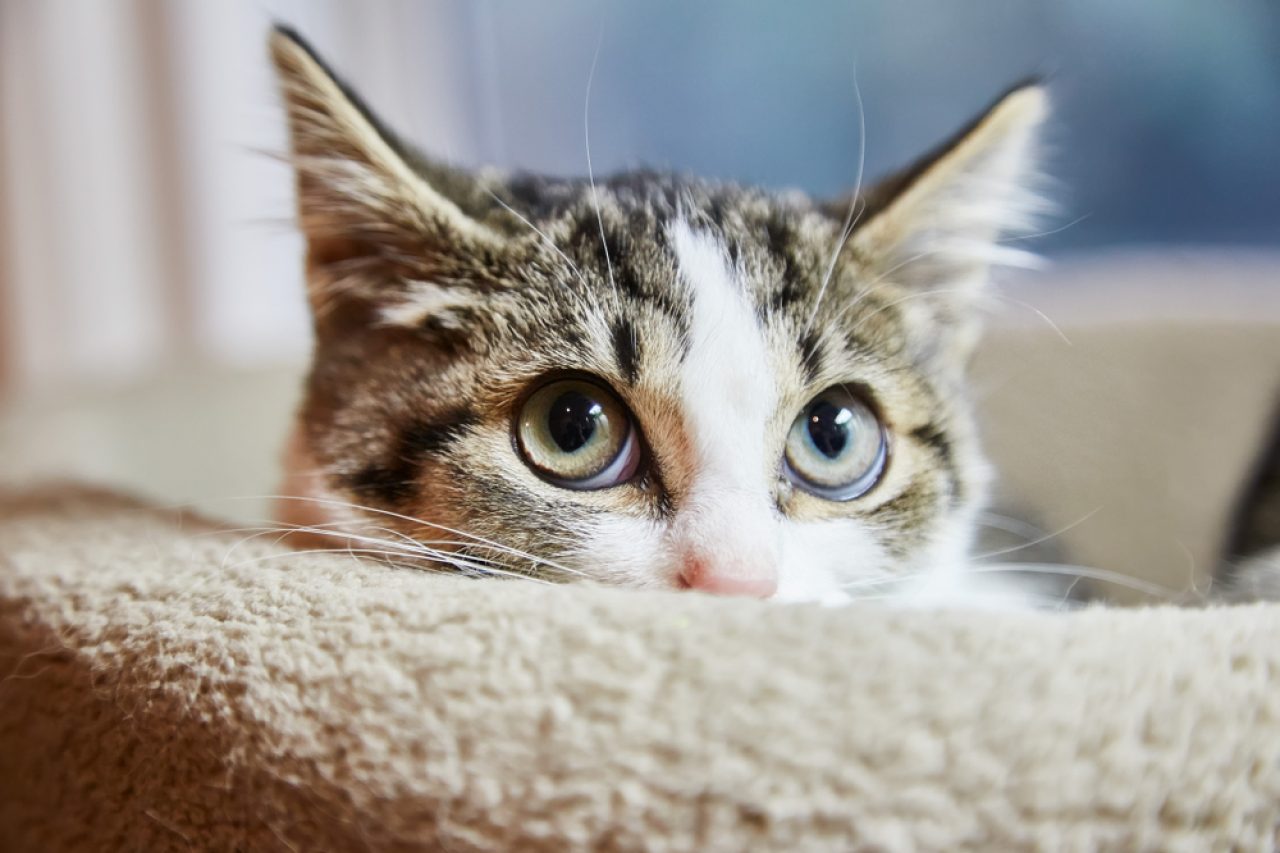
American Keuda cats are great! They’re a conversation starter, for sure, considering we don’t know where they came from or who created them. They’re unique because they look like leopards or like small wild cats, only cuter for your liking.
And, they’re affectionate, appreciative, and cuddly. With American Keuda cats, you know what you’re getting yourself into.
They’re going to make sure you know exactly what they need – whether we’re talking about food, playtime, or even grooming time. They don’t shy away from letting you know when they’re looking to cuddle and when they want you to leave them alone.
However, that’s not to say that you shouldn’t think everything through before contacting a breeder. American Keudas are pretty high-maintenance because they crave attention.
You need to make sure you’re capable of spending a lot of time with them doing different activities (not only napping). You’re responsible for providing them with whatever they need which means you need to make sure you’re up for that. Other than that, these beauties are worth the time, energy, and money.
